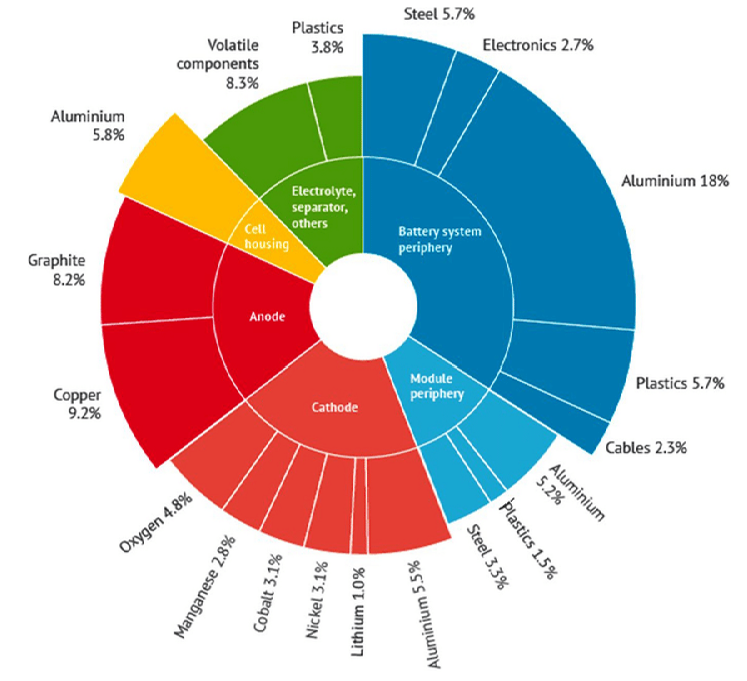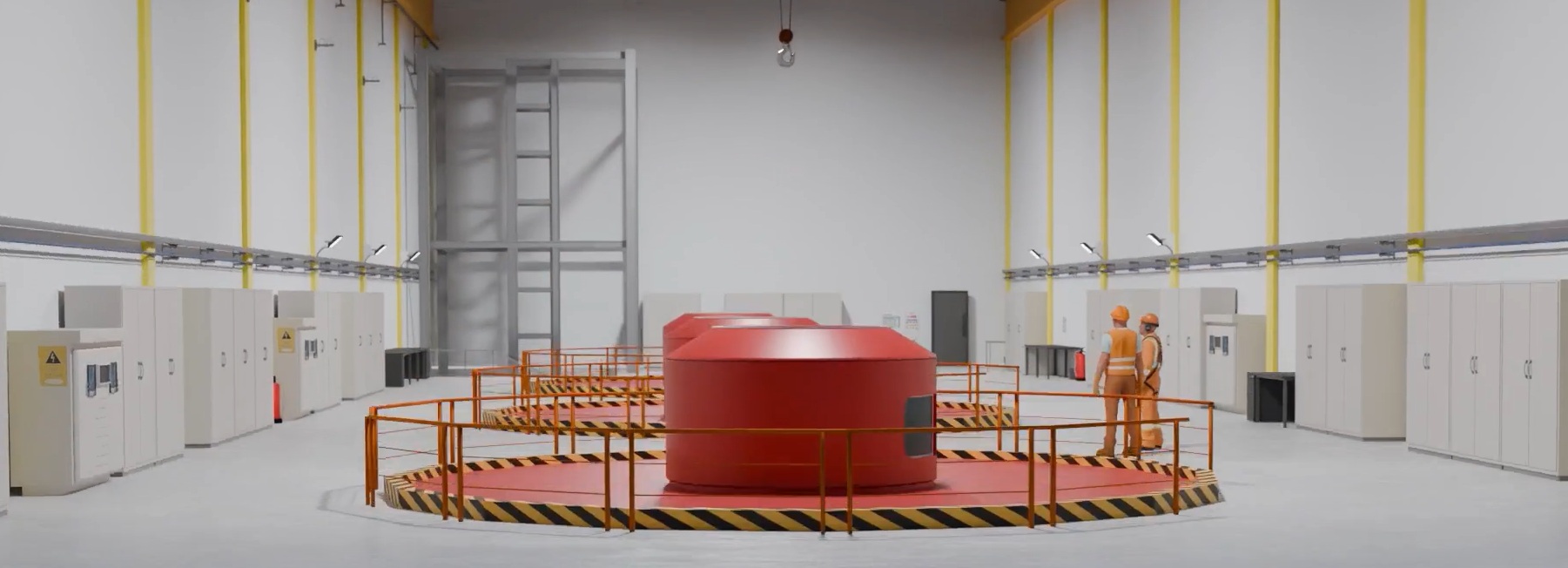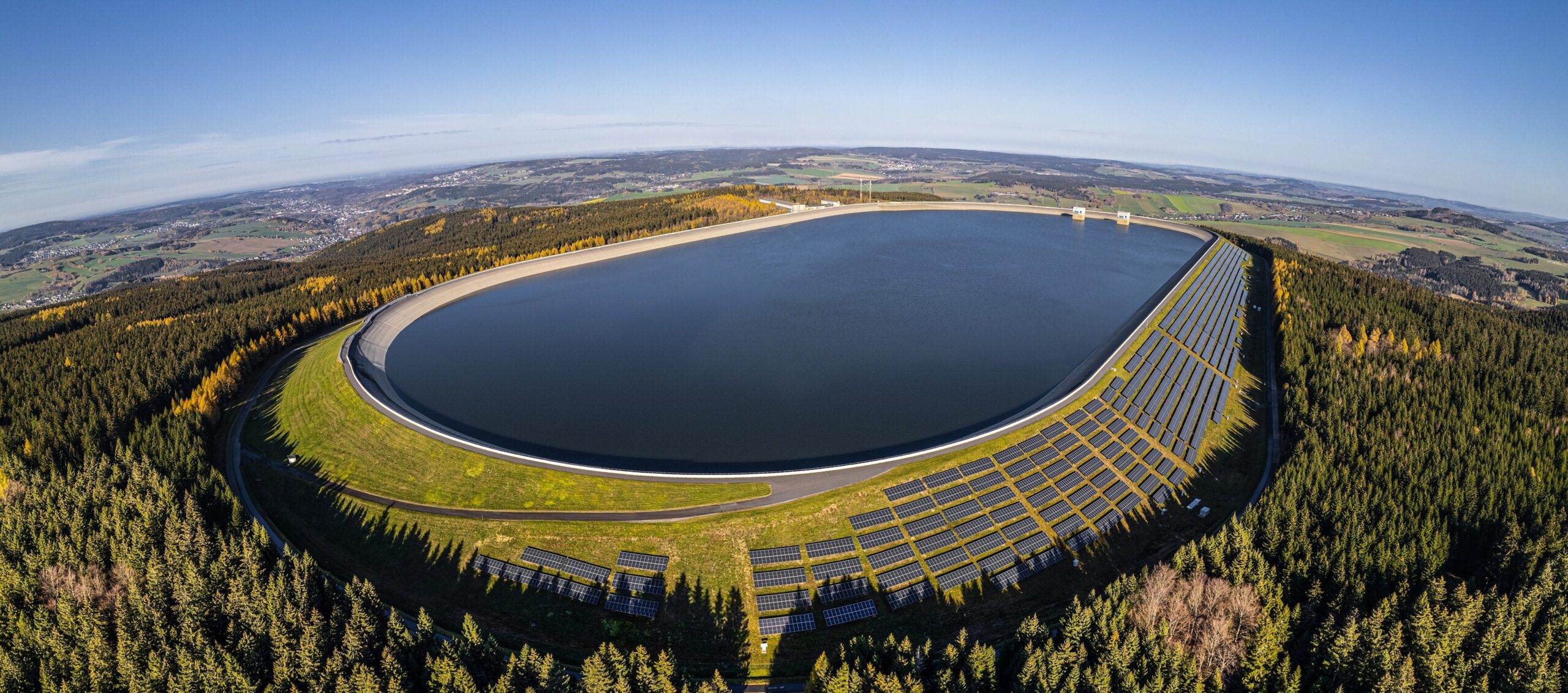Investing in Hydro storage
A CORNERSTONE OF LONG-TERM SUSTAINABLE ENERGY TRANSITION
The energy transition is more than ever at the heart of global challenges, and it demands energy storage solutions tailored to a wide range of needs. While our previous article firmly established Pumped Storage Hydropower (PSH) as the “queen of electricity storage”—highlighting its maturity, reliability, and large-scale capacity—it is now time to delve deeper into a comparative analysis in light of the rapid deployment of Battery Energy Storage Systems (BESS).

Although complementary, these two technologies present significantly different risks and return profiles over the long term. The fast deployment and lower cost per MW make BESS a relevant short-term investment. However, their limited lifespan and exposure to volatile raw material prices pose substantial risks as early as the first replacement cycle, typically after about ten years. In contrast, PSH offers enhanced profitability and greater long-term economic resilience.
Beyond these primary indicators, the respective impacts of these two technologies on carbon credit generation—an emerging yet increasingly important metric in the evaluation of sustainable investments— also differ significantly. Understanding these dynamics has become essential for any long-term investment aiming to support a truly sustainable energy transition.
THE MAIN RISKS ASSOCIATED WITH BATTERY ENERGY STORAGE SYSTEMS
While BESS undeniably offers advantages in terms of responsiveness and efficiency, it is crucial to consider the limitations of their long-term viability and large-scale deployment.
- Limited Battery Lifespan
One of the main drawbacks of BESS lies in their relatively short lifespan compared to PSH. Lithium-ion batteries—the currently dominant technology—typically have a lifespan ranging from 8 to 15 years. This lifespan is determined by the number of charge and discharge cycles the battery can undergo before its capacity declines significantly. Several factors affect battery longevity, including deep discharge cycles and high operating temperatures.

Abaqus PowerTech Systems
The limited lifespan of BESS has significant economic implications.It requires periodic replacement throughout the project’s operational life, leading to additional capital expenditures that substantially impact overall profitability. Frequent battery replacement also raises environmental concerns related to battery manufacturing, transportation, and disposal. The current lack of efficient recycling systems poses a complex and costly challenge, potentially resulting in considerable environmental impacts.
- Battery Composition and Raw Material Price Volatility
The composition of lithium-ion batteries presents another major challenge. These batteries rely on critical raw materials due to their scarcity, geographically concentrated supply, and the geopolitical risks associated with their procurement.
Lithium (essential for electrolytes and electrodes), cobalt (used in cathodes to enhance energy density and stability), nickel (to increase energy density and lifespan), manganese (which contributes to stability and cost control), and graphite (used in anodes) are the key materials used in lithium-ion battery production.

Beyond the significant environmental and social impacts—such as ecosystem degradation, water pollution, and human rights concerns—associated with the extraction and processing of these materials, raw material prices are highly volatile. They can fluctuate significantly due to supply and demand dynamics, geopolitical tensions, and supply chain disruptions.
This volatility creates economic uncertainty for battery storage projects, as it can directly affect capital costs and, in turn, project profitability.

- Growing Pressure on Energy Transition Minerals
The exponential demand for lithium-ion batteries extends far beyond the energy storage sector. The shift toward electric mobility places additional pressure on resources such as lithium, cobalt, nickel, and others, contributing to price volatility and the risk of supply shortages. By 2050, competition for these minerals is expected to increase significantly, driven by the continued growth of both the battery and electric vehicle markets.

This pressure is largely due to the limited number of producing countries. Supply chains remain vulnerable to potential disruptions—whether from production or transport issues, geopolitical events, or natural disasters—contributing to the risk of shortages and further price increases.

THE ENHANCED LONG-TERM PROFITABILITY OF PUMPED STORAGE HYDROPOWER (PSH)
While BESS may appear competitive in the short term—particularly for short-duration applications and due to occasionally lower upfront capital costs—a deeper analysis reveals that PSH offers significantly better long-term profitability.
- Capacity and Cost-Effectiveness
The key driver of PSH’s long-term profitability lies in its ability to provide large-scale, long-duration energy storage. By using massive water reservoirs, PSH systems can store several gigawatt-hours of energy, enabling them to smooth out fluctuations in renewable energy production over extended periods. This allows them to deliver grid flexibility, inertia, primary reserve, and supply security to power systems.

PSH thus becomes increasingly cost-competitive in terms of cost per MWh stored as the duration of each storage cycle increases. For storage cycles of 8 hours or more, PSH becomes more economical than BESS as early as the first battery replacement. Even for shorter-duration cycles—although not the primary use case for PSH—it still proves more profitable over the long term due to its extended lifespan.
- Cash Flow Analysis and Levelized Cost of Storage (LCOS)
To assess the long-term profitability of PSH and BESS, it is essential to analyze cash flows over each technology’s lifespan, taking into account initial capital expenditures, operating and maintenance costs, revenue from electricity sales, and battery replacement costs for BESS. This analysis shows that PSH becomes more profitable over the long term due to its significantly longer lifespan—up to 80 years or more—which maximizes cumulative revenue over the project’s duration.

The Levelized Cost of Storage (LCOS) is another key indicator for comparing the profitability of these two systems. LCOS represents the total discounted cost of storing one MWh of electricity over the project’s lifetime. An LCOS analysis confirms that PSH offers a lower storage cost than BESS for long-duration applications.
AND WHAT ABOUT CARBON CREDITS?
Carbon credits are financial instruments that represent one ton of carbon dioxide equivalent (tCO₂e) either avoided or sequestered.Projects that reduce greenhouse gas emissions—such as renewable energy or energy storage projects—can generate carbon credits, which can be sold on carbon markets, thereby creating an additional source of revenue.
Carbon credits are playing an increasingly important role in the economic and environmental assessment of energy projects. Their impact on the profitability of both PSH and BESS will be central to future investments in storage solutions.
- Toward a Predictable Increase in Carbon Credit Value
The growing awareness of the climate emergency, increasingly ambitious emissions reduction targets, and the expansion of carbon pricing mechanisms are driving rising demand for carbon credits.Organizations such as South Pole and the International Emissions Trading Association (IETA) forecast a significant increase in carbon credit prices, further enhancing the economic appeal of low-carbon energy projects.

- Carbon Credit Generation: PSH vs. BESS Comparison
Both PSH and BESS can contribute to greenhouse gas (GHG) emission reductions by facilitating the integration of renewable energy sources. However, their carbon credit generation potential varies depending on their respective carbon footprints and how these technologies are used.
PSH generally has a low operational carbon footprint, as it does not emit greenhouse gases during operation. Its carbon impact is primarily associated with infrastructure construction. In contrast, the carbon footprint of BESS is largely tied to their manufacturing, which involves the extraction and processing of carbon-intensive materials. Frequent battery replacements further increase the system’s overall carbon footprint.
Moreover, although battery recycling is advancing, it is not yet mature or widespread enough to absorb the full volume of end-of-life batteries, resulting in a significant environmental impact. PSH therefore offers a clear long-term advantage in terms of carbon credit generation, thanks to its considerably longer operational lifespan.

In Summary:
While Battery Energy Storage Systems (BESS) provide valuable solutions for short-duration applications and rapid grid stabilization, Pumped Storage Hydropower (PSH) stands out as a strategic and sustainable choice for long-term energy storage. Its massive storage capacity, extended lifespan, superior long-term profitability, and positive contribution to greenhouse gas emissions reduction make it a cornerstone of the energy transition.
Investing in hydro storage means investing in mature and high-performing infrastructure—capable of supporting the growing integration of renewable energy and ensuring the energy security of tomorrow.


